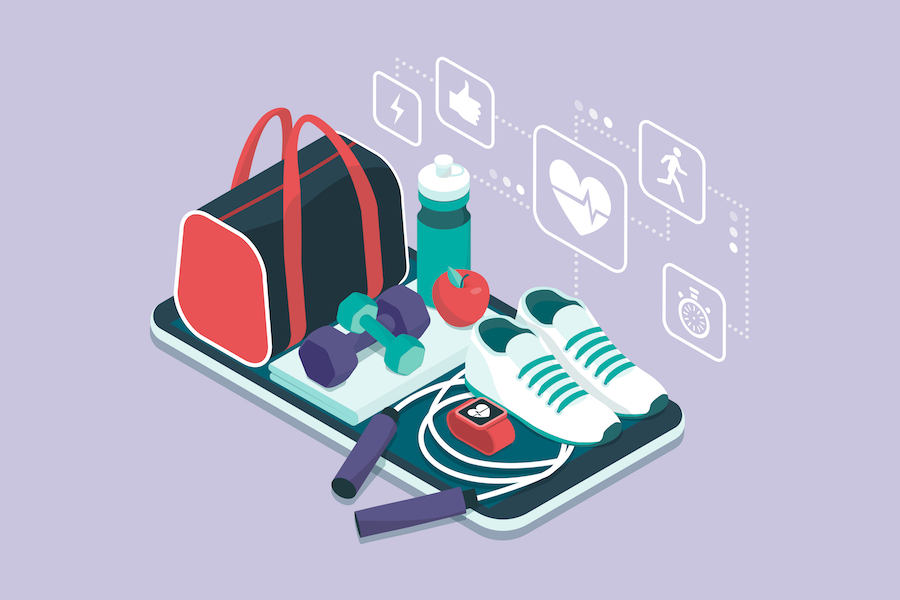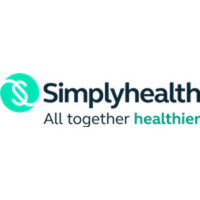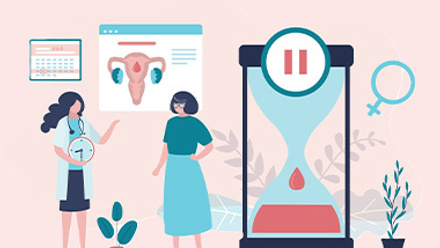Proactivity, prediction and improvement: Three key ways technology will change workplace wellbeing

1. Encouraging proactivity
Technology can vastly improve awareness and understanding of our current health status. For example, in the past you might have been limited to having your blood pressure checked annually at the GP. Wearable technology now exists that allows you do this. Even at a more basic level, wearables can show baseline heart rate, which is a good indication of overall fitness level.
Naturally, greater awareness leads to wanting to take part in healthy behaviours – how many of us are spurred on by reaching our daily steps goal? Encouraging this proactive behaviour is really important for maintaining wellbeing, and warding off potentially serious health conditions. For employers, having staff with better health and wellbeing could mean a reduction in sickness absence, and improved performance at work.
2. Predicting health problems
Technology also allows us to track and monitor health data. Whatever the method of data collection, analysing it could allow us to predict health problems. For example, by monitoring the physical signs of stress, such as elevated heart rate or poor sleep, we could predict when someone might be beginning to struggle with a mental health concern.
This knowledge can help employers more effectively and efficiently signpost employees to appropriate advice and support; so people get the help they need sooner, before a problem gets worse. It also provides the opportunity for employers to make changes to an individual’s working environment, if appropriate, such as adjusting their hours or reducing their workload.
3. Improving access to health services
Technology can make access to health services even easier. Wellbeing technology like virtual GP services and online counselling are growing in number and popularity. According to a report from AON, just over a quarter (26 per cent) of organisations provide access to a virtual GP, as part of their health programme1.
These services offer virtual consultations with GPs, commonly on the phone or a webcam, and some services offer appointments on a 24/7 basis. This can be more convenient for employees who might otherwise struggle to visit their GP during practice hours. Easier access to GP services means that employees are more likely to take care of their health, rather than be put off by lengthy GP waiting times.
The downsides of technology
We should also consider the flipside of technology’s impact on wellbeing. Our reliance on technology can have some negative effects. A report from the CIPD and Simplyhealth revealed that the main ones include the inability to switch off out of work hours, identified by 87 per cent of organisations, and stress when technology fails, observed by 70 per cent2.
Of course this could contribute to both physical and mental health concerns, and employers should think about measures to reduce these risks. For example, setting clear expectations for when and when not to send emails could help.
Advances in technology will undoubtedly continue to influence workplace wellbeing. And the effects are mostly positive. Health solutions are being designed for today’s digital lives, allowing more and more people to access the help they need, when they need it, as well as improving their overall understanding of their health – and making them aware of the health impacts of certain behaviours. By harnessing this power, employers can improve wellbeing among their workforce, helping to reduce sickness absence, and boost performance.
This article is provided by Simplyhealth.
References
1. AON Benefits & Trends Survey, January 2018
2. CIPD/Simplyhealth Health and Well-being at Work report, May 2018
Supplied by REBA Associate Member, Simplyhealth
Our health plans make it easy for people to maintain their health&wellbeing.







